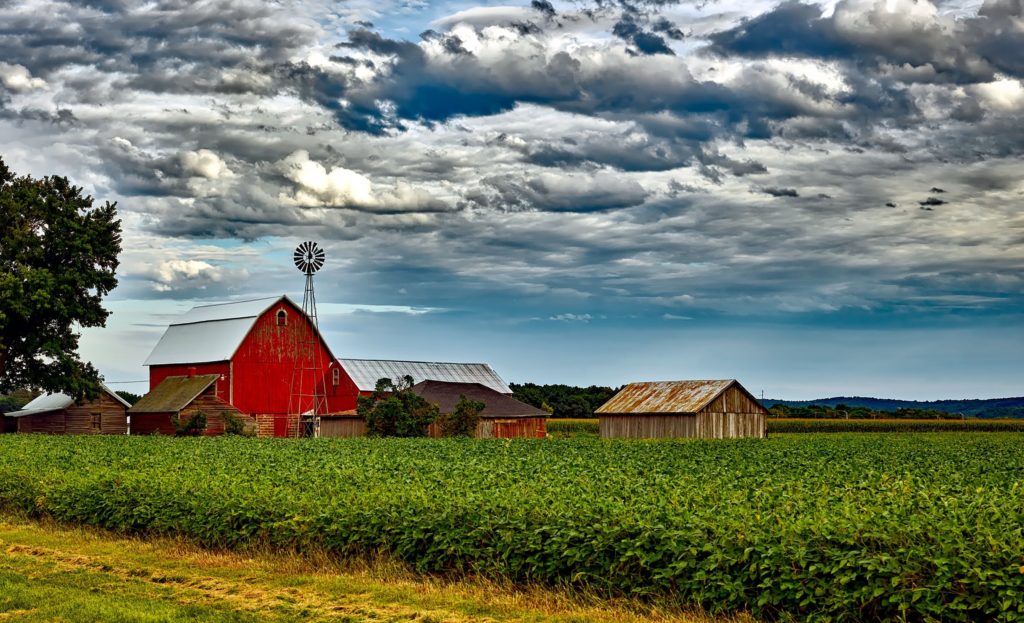Entering retirement with farmland that you can use to generate rental income is a great way to create a steady income. However, there are a few points to consider to make sure you’re generating enough income and being as tax efficient as possible.
Have a plan
Unfortunately, land isn’t like a savings account. If you’re a little short one year, you can’t simply withdraw $10,000 to top up your income. Having a retirement income plan will help to ensure that you will have enough income after taxes to sustain your retirement lifestyle and avoid being forced to sell your land. When you’re forced into selling, you risk having to settle for whatever price is offered at the time instead of having the luxury of waiting for the price you want.
Lower your debt payments
Sometimes debt payments can leave you with very little net income after you’ve paid your taxes. If that’s the case, you can lower your annual debt payments by refinancing and stretching your amortization out for 25 years. The downside is that you then have a loan payment for another 25 years. So, if you’re not comfortable with outstanding debt, this strategy may not be for you.
Plan to keep your Old Age Security payments
If you have RRSPs and/or RRIFs, it’s important to make annual tax projections to ensure your withdrawals are as tax efficient as possible. If you’re earning $70,000 in rental income and you’re withdrawing $15,000 from your RRSPs/RRIFs, you will be subject to Old Age Security (OAS) clawbacks. For every dollar above $75,910 (2018 amount) that you earn, you’ll lose 15 cents of your OAS. In the above example, you’d have to pay back $1,364 to the government due to the clawback. So, make sure you’ve planned your RRSP and RRIF withdrawals appropriately. You earned that OAS, let’s make sure you keep it.
Are you generating enough rental income?
To judge whether you’re charging enough for rent, try comparing your rental income to how much you could earn from an investment such as a GIC. Let’s say your land is worth $960,000 (160 acres valued at $6,000 per acre). If you purchased a 5-year GIC for the same amount that pays 3.25% in interest, you would be earning approximately $31,200 in income. If you’re only charging $125 rent per acre, you’re only generating $20,000 in revenue. In this scenario, you might want to consider increasing your rent to at least match the income you could receive from a GIC. GICs have no work or stress attached to them (unlike your rental property) and may be a viable option depending on your personal circumstances.
In my next article, Can I actually sell my farmland tax-free, special guest Julien Grenier, Accountant and Agricultural Manager at Talbot & Associates, will provide comments and tips to make sure you and your beneficiaries qualify for the capital gains exemption.









